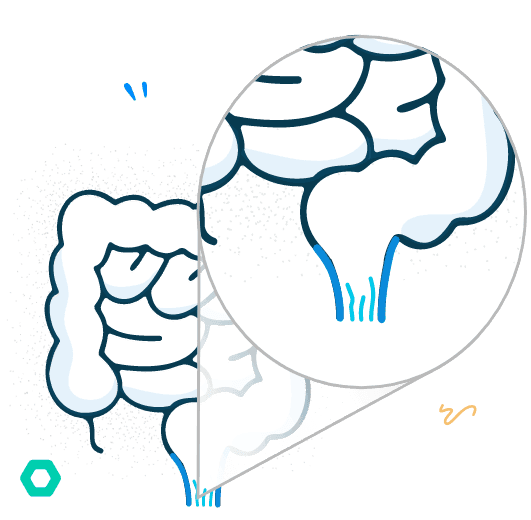Fistula Surgery in Chennai
Fistula Surgery in Chennai
Are you searching for cost-effective and efficient treatments for fistulas? Bid farewell to the discomfort and stress caused by fistulas, as Mykare Health is here to help! We specialise in delivering advanced and successful fistula treatments in Chennai. Our skilled proctologists use advanced laser surgery methods, ensuring effective and less invasive procedures. Schedule your consultation now for the relief you rightly deserve.30 Minute Procedure
Same Day Discharge
Complete Insurance Support
No Cost EMI
Free Pick Up and Drop




















































